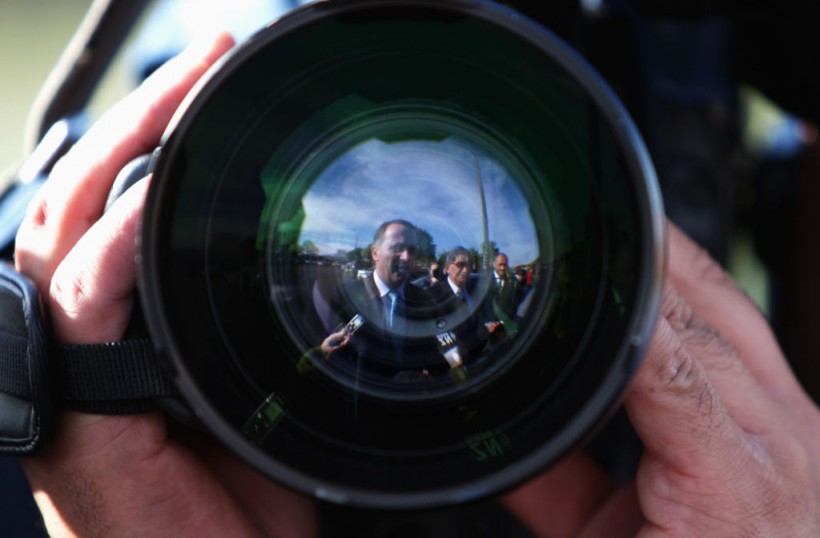A groundbreaking scientific camera, named SCARF (swept-coded aperture real-time femtophotography), has been developed by a team of scientists led by Professor Jinyang Liang from Canada's Institut National de la Recherche Scientifique (INRS).

(Photo : Sandra Mu/Getty Images)
Innovative Imaging Technology
The SCARF camera operates at an astounding encoding rate of 156.3 terahertz (THz) per individual pixel, equivalent to an impressive 156.3 trillion frames per second.
The remarkable capabilities of SCARF hold promising potential for various scientific fields, particularly those studying micro-events that occur too swiftly for conventional sensors to capture.
By successfully recording ultrafast phenomena such as semiconductor absorption and metal alloy demagnetization, this research-grade camera could pave the way for significant breakthroughs in diverse areas, including shock wave mechanics and advanced medicine.
Professor Jinyang Liang, a renowned expert in ultrafast photography, has built upon his prior achievements from a separate study conducted six years ago.
Professor Liang and his team approached their research with a novel perspective on ultrafast cameras. Traditionally, such systems adopt a sequential method, capturing frames individually and assembling them to analyze moving objects.
Also read: How to Make Your FPS Visible in 'Fortnite' PC Version
The latest camera innovation revolutionizes the conventional approach to ultrafast imaging. According to a statement by INRS communication officer Julie Robert, the newly developed SCARF camera tackles existing challenges head-on.
Its unique imaging technique involves swiftly sweeping a stationary coded aperture without distorting the ultrafast phenomenon. This groundbreaking method achieves encoding rates of up to 156.3 terahertz per individual pixel on a charge-coupled device (CCD) camera.
As published in Nature, these exceptional results can be captured in a single shot, offering adjustable frame rates and spatial resolutions in both reflection and transmission modes. The camera employs a computational imaging technique to gather spatial data by allowing light to reach its sensor at various intervals.
SCARF's Unique Approach
This unique approach eliminates the need for immediate spatial data processing, enabling the camera to record rapid "chirped" laser pulses at an astounding rate of up to 156.3 trillion times per second.
Subsequently, the raw data from the captured images undergoes processing through a computer algorithm. This algorithm deciphers the staggered timing of inputs, effectively converting trillions of frames into comprehensive images.
The camera achieved this using readily available and passive optical components, as detailed in the paper. Described as cost-effective, energy-efficient, and boasting superior measurement quality compared to current methods, SCARF has garnered significant attention from both academic and industrial circles.
While SCARF primarily targets research applications rather than consumer markets, the team is already collaborating with two companies, Axis Photonique and Few-Cycle, to create commercial iterations.
These versions are expected to cater to peers in other academic or scientific institutions, signaling the potential for widespread adoption beyond the research realm.
Related Article: World's Fastest 2D Camera Records a Hundred Billion Frames a Second










